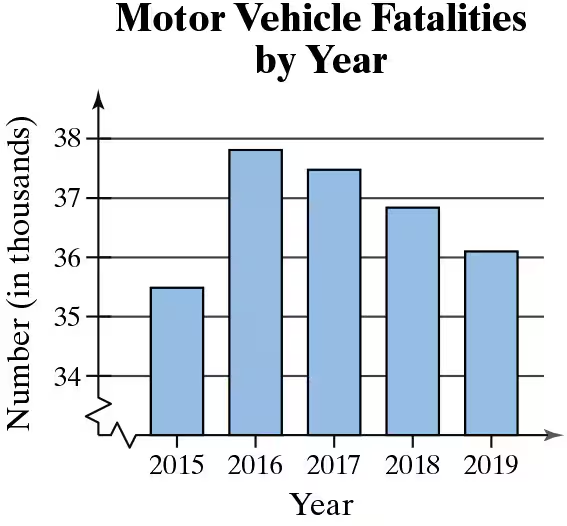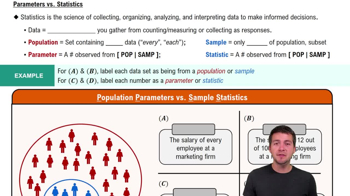Here are the essential concepts you must grasp in order to answer the question correctly.
Levels of Measurement
Levels of measurement refer to the different ways data can be categorized and quantified. The four primary levels are nominal, ordinal, interval, and ratio. Each level has specific characteristics that determine how data can be analyzed and interpreted. Understanding these levels is crucial for selecting appropriate statistical methods and accurately interpreting results.
Recommended video:
Difference in Proportions: Hypothesis Tests Example 1
Bar Graphs
Bar graphs are visual representations of categorical data, where each category is represented by a bar whose length corresponds to the value it represents. In this case, the horizontal axis represents years, while the vertical axis shows the number of fatalities in thousands. Bar graphs are useful for comparing quantities across different categories and can help identify trends over time.
Recommended video:
Creating Bar Graphs and Pareto Charts
Descriptive Statistics
Descriptive statistics summarize and describe the main features of a dataset. This includes measures such as mean, median, mode, and range, which provide insights into the central tendency and variability of the data. In the context of the bar graph, descriptive statistics can help analyze trends in motor vehicle fatalities over the years, allowing for a clearer understanding of the data presented.
Recommended video:
Parameters vs. Statistics

 Verified step by step guidance
Verified step by step guidance Verified video answer for a similar problem:
Verified video answer for a similar problem:



 2:13m
2:13m